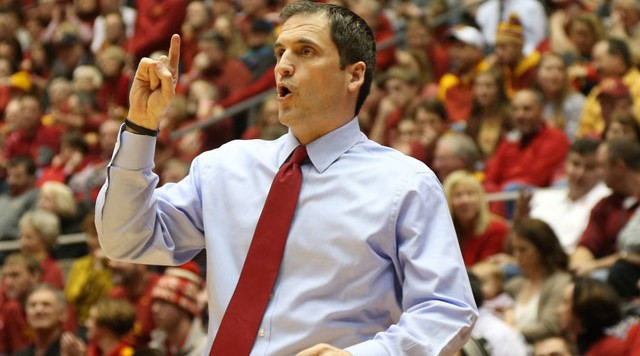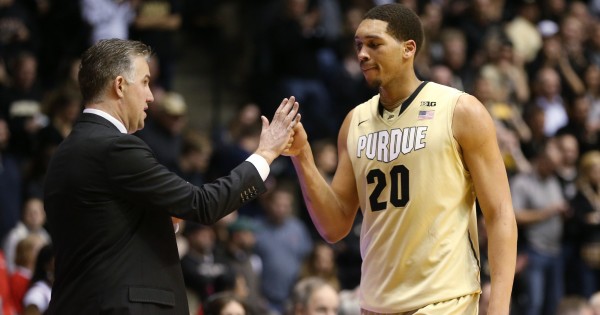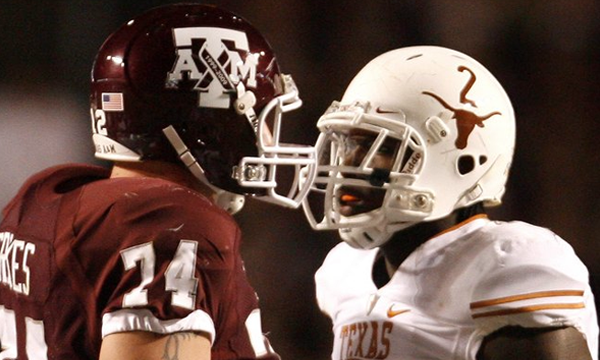The magic of the NCAA tournament can be captured in so many ways — more than 16, to be sure.
Yet, one way in which to express the beauty of this multi-layered event is that it really isn’t one tournament at all.
The NCAA tournament essentially consists of three two-game tournaments, three weekends at three separate sites for any team intent on making the Final Four and winning it all.
The release of the brackets on Selection Sunday immediately leads every college basketball fan, writer and pundit to think about the Final Four and the national title, but those goals can’t be reached this next weekend, the first of three in the chase for a championship.
What CAN happen this weekend? The dream can die.
The process of winnowing the field from 68 to 64 is occurring right now in the First Four, but the tournament immediately accelerates on Thursday. The field will be cut from 64 to 32 to 16 before you can blink. In four days, 48 teams will leave us.
We all know what the round of 64 looks like, and we all have our guesses as to what the round of 32 will give us, but just so we’re prepared, let’s go over the expectations facing the non-Cinderella (13-16) seeds in the next four days:
When we arrive at the Sweet 16, we’ll confront the kinds of (possible) matchups which will determine the Final Four and shape the national title picture: Miami-Villanova, Duke-Oregon, Kentucky-North Carolina, Maryland-Kansas, West Virginia-Xavier.
However, before we get to that point, various teams must make their way through this first weekend. The top two seeds in each region all have the Final Four as their baseline expectation for this tournament and the season. They won’t become a point of focus this weekend unless or until they face real danger.
The next four days, then, are most centrally a story about the mid-tier seeds in position to do well, and the seeds which can be considered “floaters” in the bracket. The floaters are those teams lurking in the middle of the field, trying to make that magical March push akin to Kansas in 1988 or Jimmy V. and North Carolina State in 1983.
*
In the cover photo for this story, you can see Iowa State coach Steve Prohm, in his first year on the job in Ames. In the photo a few paragraphs above, you can see Purdue coach Matt Painter. The possible 4-5 game in the round of 32 between the Cyclones and Boilermakers is the prototypical season maker for the programs outside the top two seed lines.
Sure, Purdue and Iowa State would love to make the Final Four in this or any season, but being realistic, neither side has a particularly good chance of getting that far. Virginia and Michigan State will be hard to overcome.
That’s why this weekend matters: Some programs measure themselves by whether they’re reaching the THIRD weekend of the tournament (the Final Four), and many in the mid-major (one-bid-conference) ranks measure themselves by whether they make the tournament or not. Between those two polarities lie a considerable number of Power 5 conference programs which hope to make the second weekend of the tournament, the Sweet 16. Crossing that threshold — between the first weekend and the second weekend — represents, for many, a season which has met its promise and potential.
Such is the case for Purdue and Iowa State, should they meet in the round of 32.
Purdue hasn’t made the Sweet 16 since 2010. Coach Matt Painter was building momentum at his program, but that momentum stalled. A veteran roster and a lot of size in the low post give Purdue a chance to impose its length and brawn on an Iowa State team which has to expose the Boilermakers’ flawed backcourt. If Purdue can exploit its matchup advantages more than Iowa State, Painter would be able to take a very deep breath. He’d be able to claim with considerable credibility that Purdue is — again — a player in the Big Ten and on the national scene.
Prohm and Iowa State might be only one year into their relationship, but the urgency of making the second weekend is no less intense.
Prohm is entering his job in circumstances not that different from what Bruce Weber inherited at Kansas State. Prohm came from one job and took over a loaded veteran team. (In 2013, Weber’s first season at Kansas State delivered a No. 4 seed, just as Iowa State and Prohm have produced this season.) Prohm isn’t expected to go all the way to the Final Four, but if his team loses on the first weekend, the wrong tone will be established for his tenure. He’ll immediately face questions about his coaching acumen and his ability to lead the Cyclones into the future.
Consider: When Bruce Weber’s fourth-seeded Kansas State team lost in the first round to La Salle in the 2013 NCAA Tournament — a 4-13 upset made even more shocking by the fact that the game was in Kansas City, the Wildcats’ backyard — the Wildcats never really recovered. They plunged to a 9 seed the next year and lost in the first round. They haven’t returned to the NCAA tournament the past two seasons, and Weber stands on very shaky ground.
Don’t think Steve Prohm isn’t aware of the high stakes surrounding this first weekend. He can lose in the second weekend if he wants to feel good about his future in Amees, but he can’t lose in the first round.
That’s the kind of story — and the set of expectations — you need to be aware of over the next four days.
Look elsewhere at the bracket, and you’ll see similar stories.
The man shown above, Tom Crean of Indiana, did a very good job this season. Yet, in what will be the last go-round for one of the all-time great Hoosiers, Yogi Ferrell, Crean needs to beat John Calipari and Kentucky in a possible 5-4 second-rounder. Crean’s best team in Bloomington, the 2013 group, was ousted in the Sweet 16 by Syracuse. If Crean can’t at least get back to the Sweet 16 — this, after bombing out early in the Big Ten Tournament — the quality work he did in January and February will quickly be forgotten.
California is a program now drowning in controversy and scandal, as you might have noticed. Coach Cuonzo Martin might have bigger things to worry about than his team’s on-court performance. Nevertheless, this wouldn’t be a bad time to make the Sweet 16, to put it mildly.
Maryland, the 5 seed which could play California in the round of 32, entered this season as a Final Four contender. The Terps are an exception among the 5 seeds in the field, in that the Final Four was supposed to be the goal when the season began. Coach Mark Turgeon will face an offseason filled with questions unless he makes the Final Four, or at least reaches the Elite Eight. If he can’t even get to the Sweet 16, the noise in and around his program will be deafening.
Baylor and Duke met in the 2010 Elite Eight. They still occupy different levels of expectations, but what’s notable about their places in the bracket is that a Sweet 16 game against Oregon would enable either coach — Scott Drew of Baylor, Mike Krzyzewski of Duke — to enjoy an advantage relative to Oregon bench boss Dana Altman. Baylor and Duke have more recent Sweet 16 experience than the Ducks. Getting to the Sweet 16 could be a portal to a deeper run from a lower seed line.
Last but certainly not least, Texas and Texas A&M could take their football feud onto the hardwood if they can both escape the round of 64. A possible round-of-32 collision would turn these football schools into roundball revelers. Victory would become a defining conquest, defeat a shattering experience.
Heightening the stakes in this game — should it occur — is that the likely foe in the Sweet 16 would be another school both Bevo and A&M hate: Oklahoma.
Some programs are playing for the Final Four at the 2016 NCAA Tournament, but as you can see, the next four days involve considerably high stakes of their own, regardless of what might happen once the Sweet 16 begins.
Buckle up.




